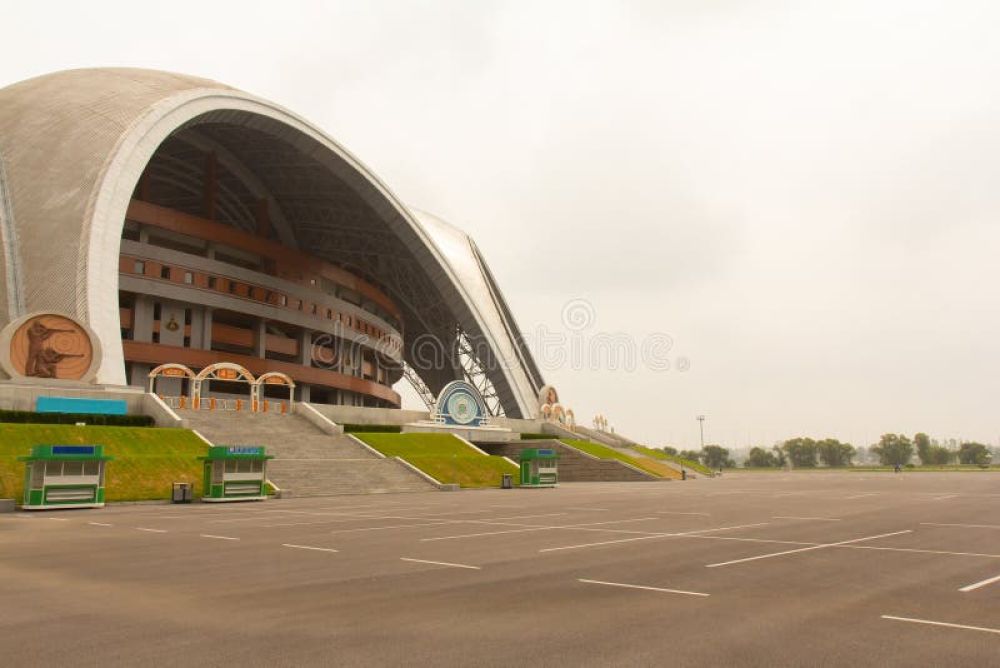

Rungra Island is located in Haeju, the capital city of South Hwanghae Province in North Korea. Haeju is a port city on the western coast of the country, and Rungra Island is one of its notable features. Historically, North Korea has been a hermetic state with limited tourism from outside, particularly from Western countries. However, over the years, there has been controlled growth in this sector.
Tourism in North Korea has traditionally been highly regulated, with visitors usually required to be part of guided tours. These tours are often organized by state-sanctioned agencies, and tourists are usually not allowed to interact freely with the local population or wander outside designated tour areas. The history of tourism in North Korea is closely linked to the country's political and economic situation, with periods of more openness occurring during times of relative stability or a push for foreign currency.
Rungra Island has been part of North Korea’s attempt to showcase its capability to develop recreational facilities, similar to trends observed in other countries seeking to promote internal and external tourism. The island features the Rungra Pleasure Park, which was first opened to the public in July 2012. This amusement park contains a variety of attractions, including a dolphin aquarium, a wading pool, a mini-golf course, and an assortment of rides. These facilities are in line with the government’s efforts to provide leisure and recreation for its citizens and to make targeted tourist attractions for select foreign visitors.
In recent years, there has been an increased focus on domestic tourism in North Korea due to international sanctions and the global impact of the COVID-19 pandemic. The country has invested in local tourism infrastructure to give citizens areas for leisure, consistent with the paternalistic image of the government's care for its people. Within this trend, Rungra Island's development fits into the more extensive promotion of recreational activities for local residents.
While North Korea's international tourism is still fraught with limitations, there is some attention given to cultural and heritage tourism, with guided tours being offered of significant historical and cultural sites. However, the number of foreign tourists allowed and their freedom of movement within the country are highly restricted. The current climate of international politics and health-related concerns continues to shape the tourism trends in North Korea, including the offerings on Rungra Island and the broader Haeju region.
In summary, Rungra Island remains a small but symbolic part of North Korea's carefully managed tourism industry, primarily serving as a recreational hub for domestic tourists under the close watch of the government. The island's development reflects the broader themes in North Korean tourism, which oscillates between showcasing progress through selective openness and maintaining strict controls on foreign and domestic movement to preserve the state's ideological and political stability.